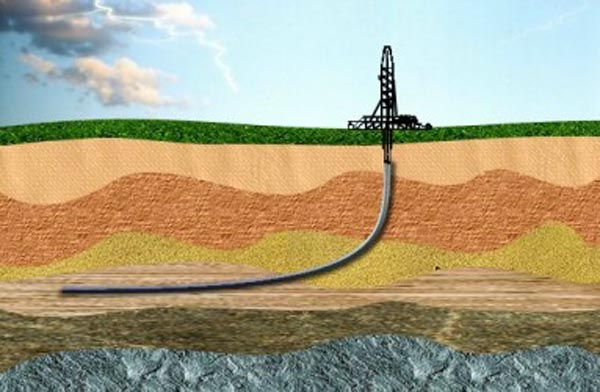Drilling Deep

Dear UOCD student,
Before starting UOCD, I had spent most of my life trying to design and build things that are functional and useful. That means paying very close attention to circumstances in which a device will be used, and the jobs it will be used for. However, there is a big difference between job-oriented design and user-oriented design. While job-oriented design is exclusively about practicality and efficiency, user-oriented design also demands an eye toward emotional satisfaction and personal desire. That, in turn, requires understanding your potential users at a deeper, more emotional level.
In the first user visit I led, although I extracted reams of information about the tasks my user worked to accomplish, I largely failed to get access to that deeper, more emotional understanding. Going into my second visit, that became my primary goal: drilling deep into the subconscious of my user, aiming to find the treasure of emotion buried beneath the mass of details cluttering the surface.
To be perfectly honest, this goal was a terrifying one. I know how to talk about technical details, but talking about emotions is scary. Would my user feel like I was prying too deeply into his life? Would he be apprehensive about my questions, and push back? I was expecting a psychological battle, and not one I was confident I could win.
To my delightment and shock, that wasn’t what happened at all. As a simple followup question to his casual statement that “today was a good day”, I asked “what makes a good or bad day?” and the floodgates opened. The amount of self-analysis he had on-tap was incredible, and as long as I kept nodding and smiling, he kept going. Several times later in the visit, he referred back to that one question, using it as an excuse to dive deeper into how some circumstance made him feel, how he viewed the world, and a host of other details I would never have been able to extract from him through coercion.
After the visit, I realized that there are three major contributing factors to the surprising ease with which information flowed during the visit.
-
Conversation naturally flows toward topics that both parties appear interested in. Your goal as a designer is to find things your users are passionate about, so simply demonstrating interest in the topics you seek is often sufficient. Your user will fill the empty space in the conversation with the information you want to hear.
-
Finding the right lead makes a big difference. Finding an excuse to ask your question in response to something your user says makes conversation flow much more smoothly, although it does take an incredible amount of mental alertness to effectively notice the opening you seek as it appears.
-
People are surprisingly willing to share things they don’t normally get to talk about, and often have insights that they have been saving up, knowingly or not, for your conversation. Seek out opportunities to take advantage of that tendency, and you will learn much.
This isn’t the only way to run an interview, but it is my way, and I wouldn’t give it up for anything.
source document: UOCD: Drilling Deep